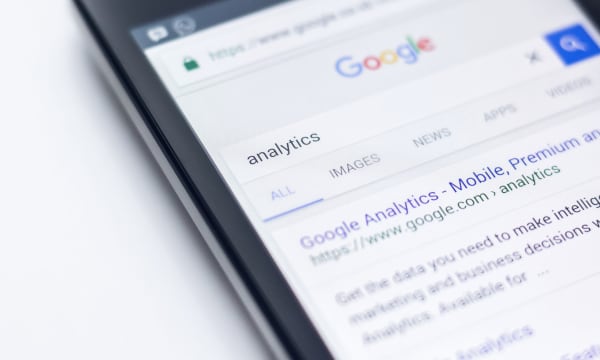Here are 4 reasons why this delayed response might cost your business:
- People with disabilities form a much larger group than you realise: People with Disabilities (PWD) make up a global population of 1.85bn, an emerging market larger than China. Plus, this disabled community (including friends and family) has an annual global disposable income of $13T. In the UK alone, there are ~12.9m people living with a permanent disability. If you're not thinking about accessibility, you're missing out on a huge prospective customer group.
- You're limiting your ability to deliver customer empathy and delight, which are both key retention drivers: As of 2022, only 3% of the internet is accessible to PWD, meaning there's a large expectation gap to close with PWD being underserved. It's worth saying, disability can also be temporary (e.g. a broken arm; 5.7m are living with a temporary disability in the UK, 70% of those people invisible) and situational (e.g. difficulty hearing in a loud environment) as well as permanent. So, a focus on accessibility leads to better experiences that work for all customers, regardless of their ability, situation or context.
- Google is visually impaired: And 'reads' every website as a visually impaired person would. Its bots don't have eyes, so they need a series of accessibility prompts to make sense of what they're crawling. If your website isn't accessible, then your overall SEO will suffer.
- You're limiting your innovation potential: Solving for uncomfortable causes innovation and by adopting an 'extreme user' design approach, companies are more likely to drive innovation. According to PWC, the most innovative companies are predicting 62% growth over the next 5 years, amounting to a ~$250bn boost in revenue.
Accessibility becomes harder to tackle the less it is acknowledged by organisations, perceived as something that required lots of investment and time to deliver. On top of this, it's viewed as an addition to current work rather than a critical integration. More reluctance means higher perception of cost over value, and this limits business potential.
Accessibility is, essentially, just really great usability, which can be broken down into manageable chunks, addressed and improved over a period of time. And, when taken seriously, this benefits people universally, not just those with permanent disability.
Microsoft puts it perfectly in its Inclusive Design guidance...


